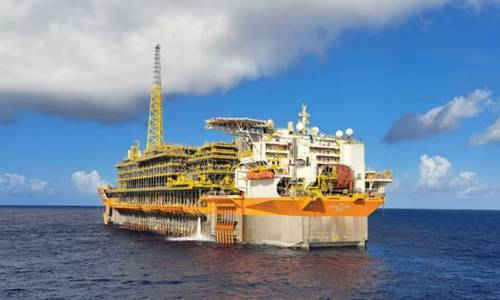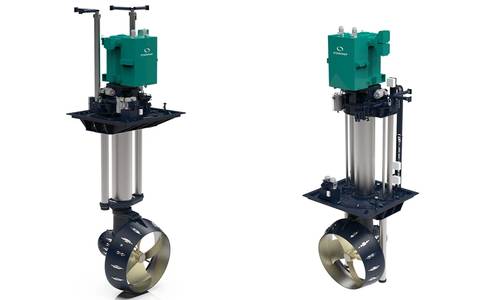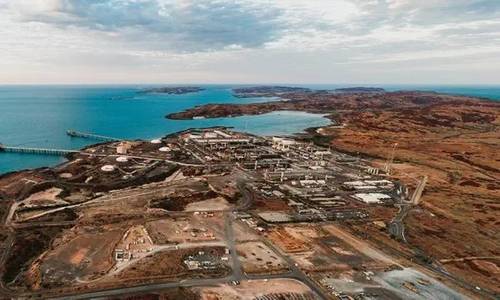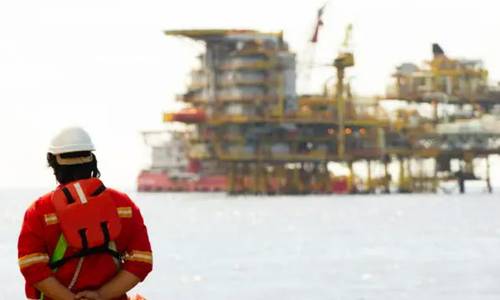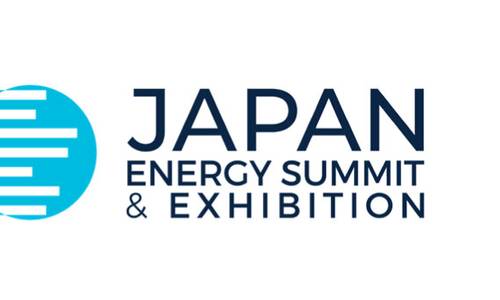Report: As Momentum Slows, Japan to Sweeten Offshore Wind Rules
May 27, 2025
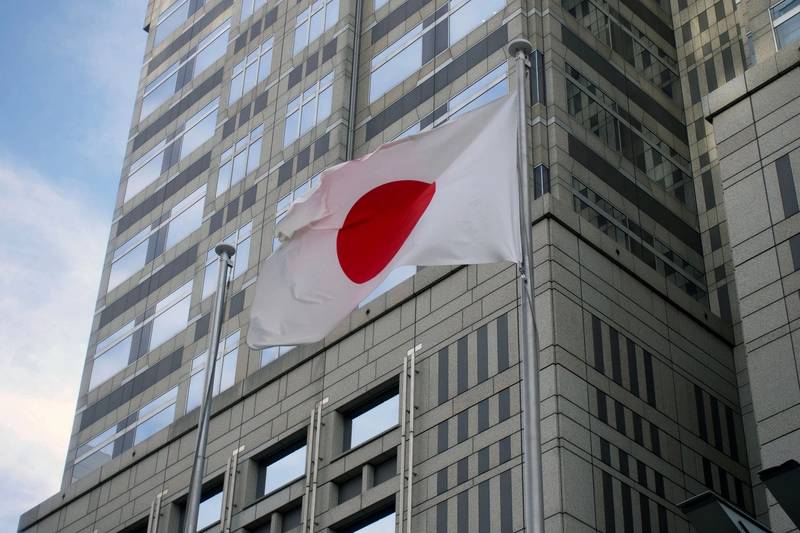
Japan is likely to sweeten terms for developers to build a massive offshore wind farm sector, industry insiders say, as it looks to put its energy ambitions back on track against a worldwide slump of projects hit by soaring costs and delays.
The government aims to have 45 gigawatts of offshore wind capacity by 2040, which is essential to cutting the country's dependence on imported coal and gas for power generation, reducing its carbon emissions and bolstering national security.
But its plans have stalled following three major rounds of auctions to develop capacity. Trading house Mitsubishi, the winner in the government's first auction in 2021, cautioned in February that surging costs had forced it to review its plans. It has yet to start construction on any projects.
Mitsubishi's warning, along with booking over $300 million in offshore wind losses, followed a decision by Denmark's Orsted to pull out of Japan last year in a global restructuring.
Shell, too, recently cut its team focused on Japan offshore wind, three industry sources said, as it scales back low-carbon operations.
Shell declined to comment on its offshore wind operations, but said it "continuously evaluates opportunities to optimise its global portfolio".
Looking to defy the troubles plaguing renewables globally as operators scrap or shrink projects in Europe, the U.S. and Asia, the government is holding talks with industry players, who are pressing for a number of measures to reduce risks and help cut costs on their projects.
"This is a very new industry in Japan and there's a huge learning process taking place on all sides. The key thing is the receptiveness of the government to work with industry," said Yuriy Humber, CEO of K.K. Yuri Group, a Tokyo-based research and consulting firm.
Among potential changes, authorities are considering extending project durations to 40 years from the current 30 years and clarifying cabotage laws to allow non-Japanese flagged ships to operate in offshore wind farm areas, according to government documents and sources with direct knowledge.
Industry players are also pushing for capacity auctions that would enable utility and industrial buyers to lock in power under multi-year contracts instead of annual contracts.In addition, the offshore wind industry wants the government to provide big industrial users with tax relief or subsidies in exchange for signing long-term wind power purchase deals, the sources said, which may be a long-shot given already high government support to households dealing with rising prices.
Reuters spoke to six industry sources involved in the discussions between the offshore wind players and Japan's industry ministry, or METI, and the land ministry. They all spoke on condition of anonymity as the talks are confidential.
Japan's biggest business lobby, Keidanren, whose members include major power users, was not immediately available for comment on the tax support.
The government is also considering switching the tariff system for those who won the first major auction round to a "feed in premium" (FIP) from "feed in tariff" (FIT), allowing Mitsubishi to benefit from market prices, sources and government documents said. That rule is already in place for the second auction and onwards.
The proposed switch to FIP from FIT, which has yet to be approved, is a clarification of the rules and not a revision, said a METI official in charge of the offshore wind sector. The official did not comment further on potential rule changes.
Thus far, Japan has auctioned around a tenth of the offshore wind capacity it aims to have. Despite coming late to offshore wind, Tokyo lured many foreign players drawn by its ambition to raise the country's energy self-sufficiency.
In the first round, Mitsubishi led domestic consortia in winning the right to build three offshore wind farms, with subsequent rounds won by local and foreign operators including Germany's RWE RWEG.DE, Spain's Iberdrola and BP.
Mitsubishi already faces at least a couple of years delay in farm launches, industry sources say, against its original plan for them to start operating between 2028 and 2030.
The company said it is closely monitoring discussions with METI on possible rule changes and is reviewing its business plans "taking into consideration the direction of such discussion/revision."
Acknowledging that the rollout of renewables and other low-carbon solutions may not be hitting targets, METI in February said Japan may need to increase liquefied natural gas imports by more than 10% to some 74 million metric tons by 2040, reversing the downward trend as the data center and semiconductor industries drive power demand.
Despite not winning any sites in the initial offshore wind rounds, some foreign operators including Equinor and Total have maintained their presence in Japan. Both companies did not reply to Reuters requests for comment.
"Those that want to come in later when things are more straightforward may simply have to pay the premium for doing that," said Humber.
(Reuters)

